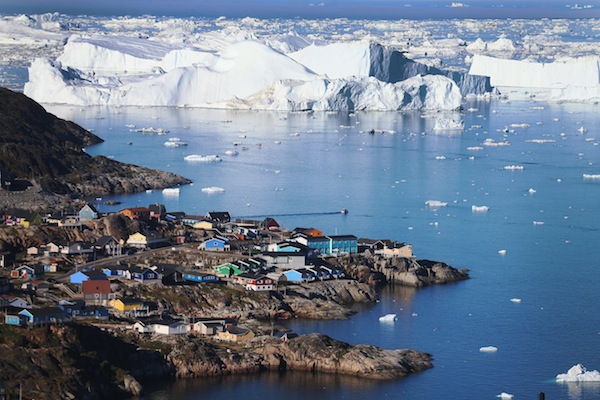-
Tips for becoming a good boxer - November 6, 2020
-
7 expert tips for making your hens night a memorable one - November 6, 2020
-
5 reasons to host your Christmas party on a cruise boat - November 6, 2020
-
What to do when you’re charged with a crime - November 6, 2020
-
Should you get one or multiple dogs? Here’s all you need to know - November 3, 2020
-
A Guide: How to Build Your Very Own Magic Mirror - February 14, 2019
-
Our Top Inspirational Baseball Stars - November 24, 2018
-
Five Tech Tools That Will Help You Turn Your Blog into a Business - November 24, 2018
-
How to Indulge on Vacation without Expanding Your Waist - November 9, 2018
-
5 Strategies for Businesses to Appeal to Today’s Increasingly Mobile-Crazed Customers - November 9, 2018
IPCC’s Projected Sea Level Rise may already be outdated, says NASA
The lead researcher on NASA’s Sea Level Change Team, Steve Nerem, said that the world is likely to see the rise in sea level till the end of this century.
Advertisement
UN (United Nations) organization Intergovernmental Panel on Climate Change, which performs the job of creating climate change models, previously predicted that if global warming persists unabated, the next century might see the sea levels rise by up to 6.4 meters or 21 feet.
What we do know is what has happened in the past.
The global sea levels are rising at an alarming rate due to increased burning of fossil fuels which are causing the global temperature to rise, according to NASA. Moreover, it is expected that the speed at which water will spread will be higher in the years to come, due to the melting sheets.
According to a recent study out of Oregon State University and the University of Florida, the last time the Earth had the same level of carbon dioxide in the atmosphere was around three million years ago-when the ice sheets had shrunk, causing sea levels to rise to around 20 feet higher than today.
“The data shows that sea level is rising faster than it was 50 years ago, and it’s very likely to get worse in the future”, Nerem said. As a result, for NASA scientists, the open question right now is at what pace the seas will be rising from now on.
“The Greenland ice sheet, covering 660,000 square miles – almost the area of Alaska – shed an average of 303 gigatons of ice a year over the past decade, according to satellite measurements”, NASA said. All that melted ice has to go somewhere.
They further explained that the rise in sea level is caused by three main factors. Coastlines will erode, storm surges will rise, and some areas could become completely uninhabitable. Some regions had experienced an increase of up to nine inches.
“Sea level and temperature rise will impact various infrastructures in Qatar; including buildings in coastal settlements, electricity distribution and transmission networks, water supply infrastructure, variety of onshore industries (petrochemical, power, desalination, waste water treatment and fertiliser plants etc.), port infrastructure and operations”.
Advertisement
NASA are most concerned about the melting ice shees, which is a key are of focus of their “intensive research effort”.





























